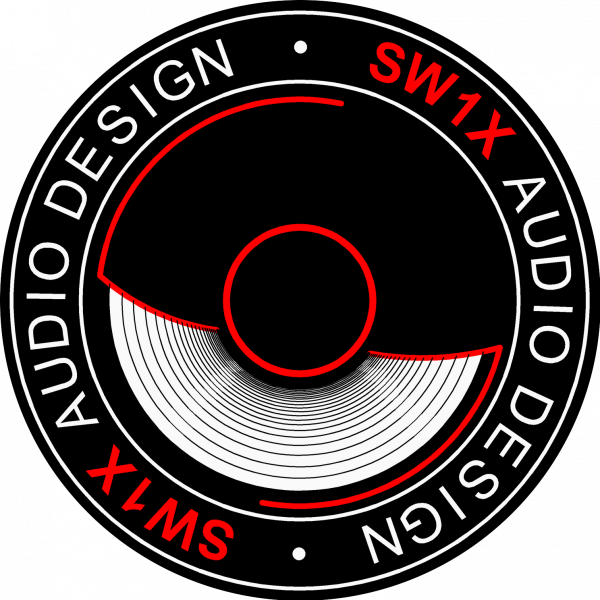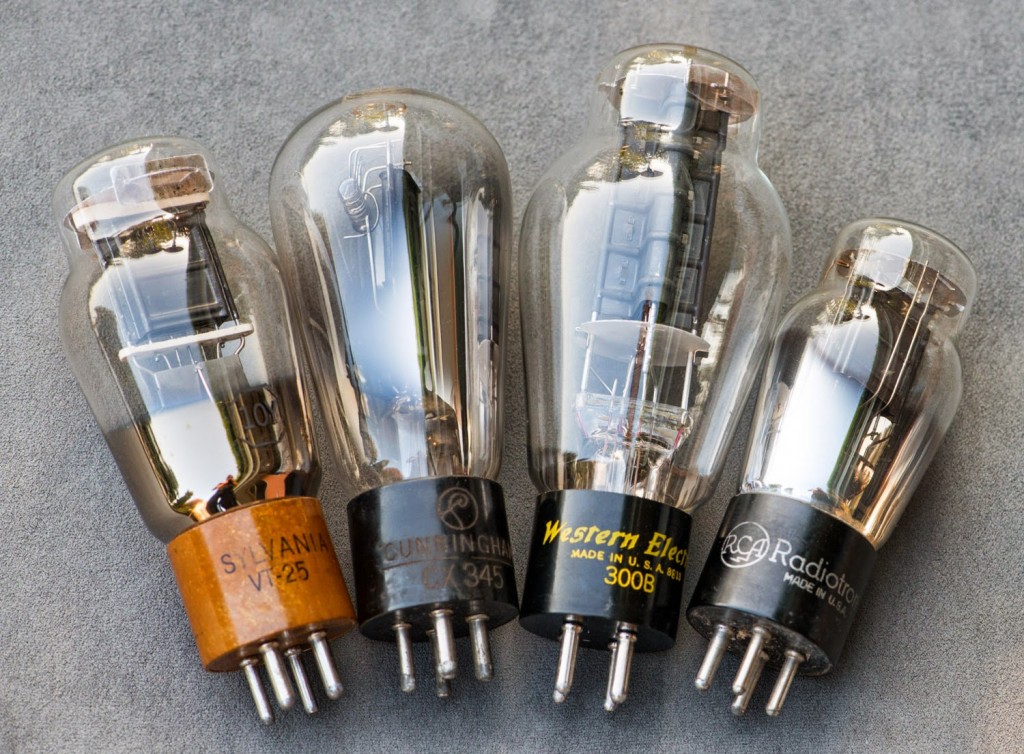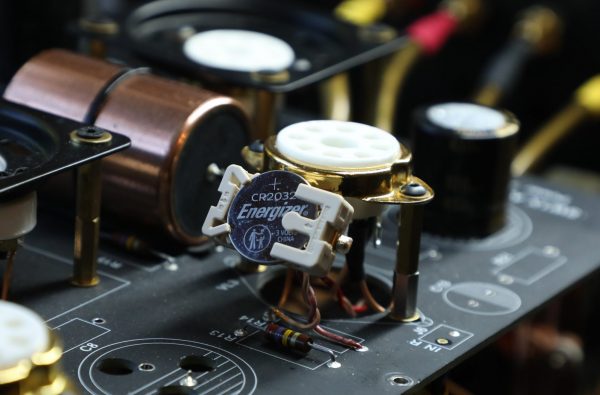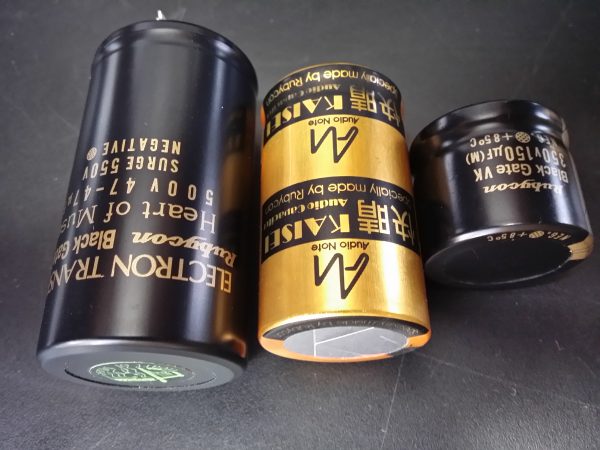The Negative Effects of Negative Feedback Loops
This scheme presents two very obvious problems. Firstly, all amplifiers introduce some delay to passing a signal from its input, to its output and then back to its input. During this delay period, a feedback amplifier is operating at its natural (referred to as “open-loop”) gain. It is not until this initial delay period is over, that the circuit begins to exhibit its intended operating (“closed loop”) gain characteristics. There must be, by the very definition of a feedback system, some change in the gain factor G, during the transition from open to closed loop operation. This gain modulation would probably not be audible by itself, as the propagation delays of most good amplifiers are quite small, except that the increased gain of the amplifier during the initialization period results in a decreased maximum input capability before overload. Simply put, an amplifier which utilizes 20 dB of feedback (a relatively modest amount by modern standards) and requires an input of two volts to clip during closed loop operation, would overload with only two tenths of a volt input during the forward delay period. Once the amplifier is
overdriven, it may take many times its delay period to become fully restored to normal operation. The distortion created by this condition has been commonly referred to as Transient Intermodulation Distortion (TIM), Dynamic Intermodulation Distortion (DIM), and Slew Induced Distortion (SID).
In addition to this obvious form of feedback induced distortion, there exists another more subtle effect of signal regeneration. Because all amplifiers have some forward propagation delay, the fed back portion of the output signal will always lag behind the input. There is therefore a constant introduction of “out of date” information into the amplifier. Under transient conditions (which is what music is; transients), this results in the presentation of an error correction signal intended to reduce the distortion of an input signal which has already passed through the amplifier and is either already out of the circuit or well on the way out of the circuit. The signal present at the input by the time the feedback has arrived may bear no relation to the previous signal and thus will not be properly acted upon by the regenerated information. The current input signal is then distorted once, through the subtraction of an erroneous feedback waveform, and again by the amplifier. Additionally, the error signal present in feedback is passed through the amplifier and again fed back, with all of the newly created distortions, to make yet another trip through the circuit, until it is allowed to decay through successive attenuation. Thus, a distortion signal which originally may have lasted only a few microseconds, can pass through the amplifier enough times for its effective duration to have exceeded the threshold of human audibility. The mechanism originally designed to reduce audible distortion, actually, under transient conditions, serves to regenerate, emphasize and, in fact, create distortion.
read the full articel about negative feedback loops here




